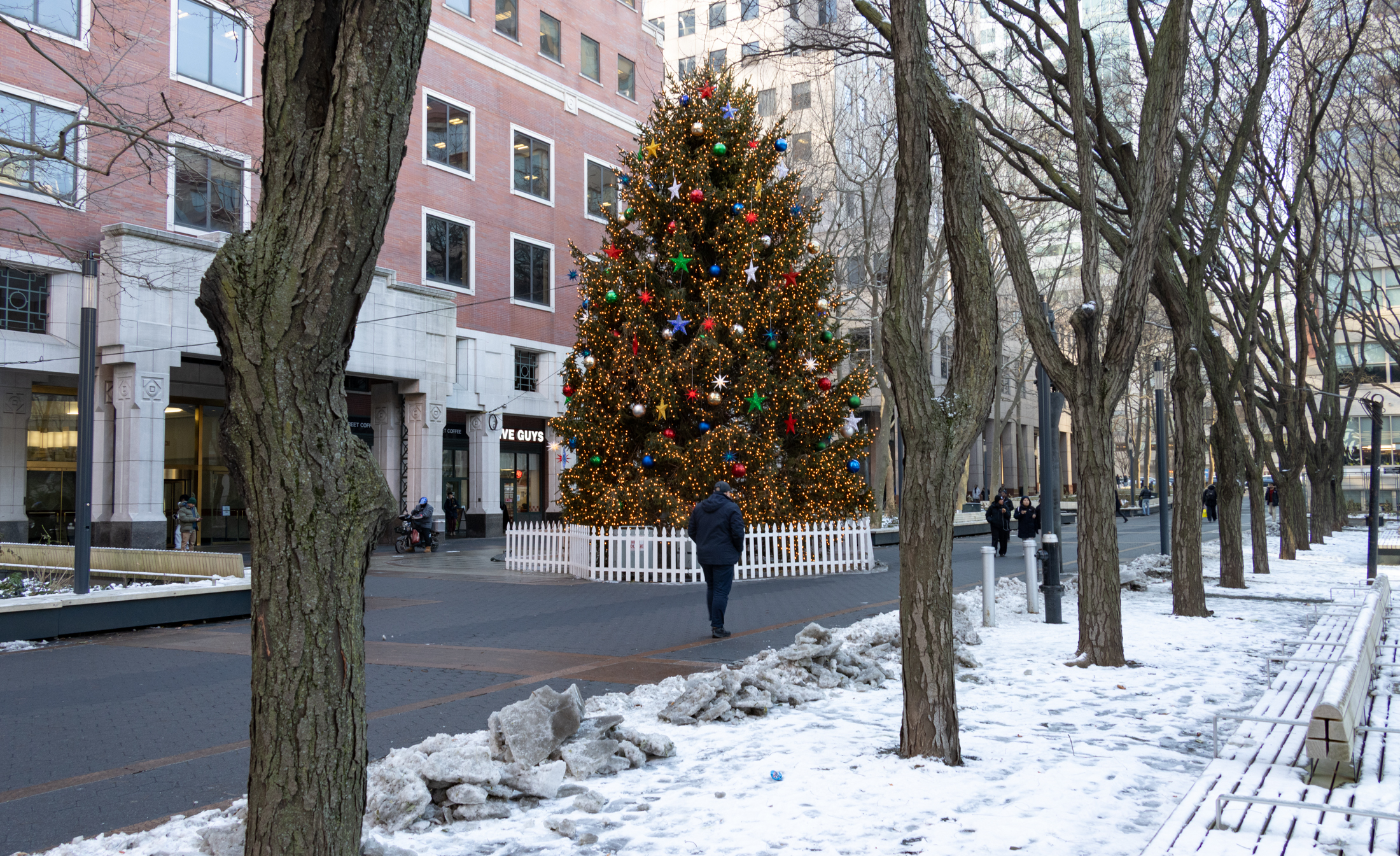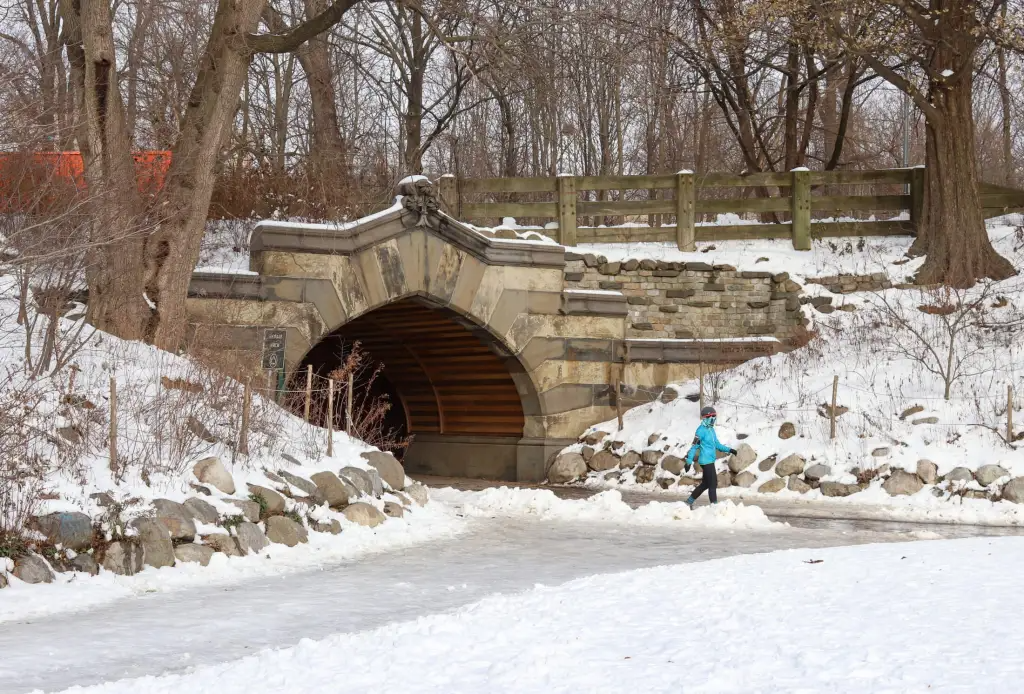Preservation Makes It To The NYT Editorial Page
NEVER before has America had so many compelling reasons to preserve the homes in its older residential neighborhoods. We need to reduce energy consumption and carbon emissions. We want to create jobs, and revitalize the neighborhoods where millions of Americans live. All of this could be accomplished by making older homes more energy-efficient…Before demolishing an…
NEVER before has America had so many compelling reasons to preserve the homes in its older residential neighborhoods. We need to reduce energy consumption and carbon emissions. We want to create jobs, and revitalize the neighborhoods where millions of Americans live. All of this could be accomplished by making older homes more energy-efficient…Before demolishing an old building to make way for a new one, consider the amount of energy required to manufacture, transport and assemble the pieces of that building. With the destruction of the building, all that energy is utterly wasted. Then think about the additional energy required for the demolition itself, not to mention for new construction. Preserving a building is the ultimate act of recycling. — Richard Moe in The New York Times





Moe is the head of one of the biggest preservation groups in the nation. Of course he is speaking from an ideological viewpoint. He is not likely to write that preservation makes sense SOME of the time. I usually take the side of preservationists, but I do think that Moe’s premise is a bit shaky. A little phony. Old buildings can be green, or they can be horrors of energy waste, depending. He danced around the replacement window issue calling for “storm windows” -who uses storm windows any more? If you want your old house to be energy efficient you have to tear out the old drafty windows with the chain pulleys that allow wind to whistle in, and replace them with double-glazed, modern windows -a no no to purists. Likewise old, huge doors should be replaced with tight new doors, interior finishes need to be removed in order to put in insulation. If you really want to make an old building green, you need to depart form preservation orthodoxy. People save old houses for aesthetic and cultural reasons. It is phony-baloney to say these old houses are energy efficient or economical in any way. Do you know how much I have to pay to heat my parlors with their eleven-foot-high ceilings? A lot more than someone living in an apartment with 7′-6″ ceilings, but I prefer my ceilings and use more energy to heat the rooms because I wish to not because I’m doing anyone any favors.
I actually think we’re trying to find a common sense middle ground, benson. The wholesae teardown, throw up new- and often crappy- is no answer. And neither is save it becuase its old. But a good deal of the buildings that are town down are not only salvageable, but preferable to what was thrown up. How much new development really is green design? It can’t be much or developers wouldn’t be using it as a luxury condo selling point. If green design were the norm, it wouldn’t be worth mentioning as a selling point. (It would be great if we ever got to that point- “of course it’s a green building…duh!”)
The problem with retrofitting older buildings related to energy is they’re always going to be limited by the original envelope construction. Matching energy efficiency of the most advanced present-day design (see passive house article, NY Times) would likely involve wrapping the entire envelope with a new skin, which defeats the purpose of keeping the building. If you do it from the interior it’s not nearly as efficient.
Agreed that energy efficiency is only one part of the picture – but other building components in the future can rely more and more on renewable/recycled resources. Oil heating in older buildings is never going to be renewable. Not that I favor razing older buildings, but the connection between preservation and ‘green’ is not completely direct.
Bxgrl and Montrose;
Ah, my two favorite adversaries!! 😉
Let me address some of your points:
-yes indeed, my example is anecdotal, and that is really precisely my point!! I find it ridiculous to issue a sweeping statement that retrofitting older buildings is ALWAYS the most green way to go, and should therefore be worthy of some type of government subsidy. No such statement can be made – each case has to be judged on its merits. Some older homes may be made of materials and of a design that economical retofitting is plausible. Others are decidedly not. Much of NY’s older housing stock was built when energy was cheap and plentiful in the USA, and they were not built in consideration of the hot NY summers and the frigid winters.
-Montrose, I actually take it as a sign of an efficient system that sheetrock and wood scrap is plentiful at building sites. These are cheap, renewable and plentiful materials. What IS expensive at new building sites is the human capital, both that which went into the energy-efficient design and that used to construct the building.
Construction today is 100% different than at the time the brownstones were built. One hundred years ago, labor was dirt cheap: go pick up some immigrants on the Lower East Side, pay them minimal wages with no benefits and no insurance, and you were done. Energy was also cheap: coal and oil were plentiful. Probably their biggest expense was the materials.
Today labor is expensive, and that is a good thing. I like to see folks making a decent living. Likewise, energy is not cheap. So, once again, construction today is optimized to save labor and energy, and if that comes at the expense of wood and sheetrock scrap, it’s a good deal.
-finally, on a completely different topic: how are cities supposed to develop if we do not allow the teardown of older buildings? Where are people supposed to live? By stating that older buildings should not be torn down, you are inviting sprawl, which is the ULTIMATE anti-green effect.
But energy efficiency is only one part of being green or caring for the environment. If tearing down all the old structures to build new ones involves cutting more wood, establishing new mines, increasing the usage of fuel to transport all the new materials, digging more mines to keep up with the demand for more metal, not to mention all the plastics and manmade materials that go into construction – if we can come up with the technology to make new buildings so energy efficient, hw is it we can’t come up with the technology to do the same for older ones?
There’s good and bad in both old and modern buildings. The older buildings we have are likely some of the better ones simply because of natural selection. I am not a relativist, however. There are absolutes of good architecture and good design and it is in everyone’s interest to promote and preserve them.
The article’s argument about energy costs seems odd. The author admits that older homes are less energy efficient and so energy use seems a curious and irrelevant basis to argue for preservation. He also argues it as a basis for job creation and energy demand is stringly correlated with the overall state of the economy. In other words, preservation can be a great thing for a lot of reasons but energy considerations don’t seem high on the list.
Related to Benson’s point, I had a conversation with an engineer recently on this topic – he specializes in energy efficient, green design. He noted that it’s conceivable in the relatively near future that new building technology related to energy efficiency will grow to such a degree that occupation of older buildings won’t make ecological or economic sense anymore. Older buildings will not be able to be retrofitted to compete, and oil prices may grow to a point that it won’t make sense to continue to occupy them. That obviously could be far in the future, but I had never considered this possibility and found it pretty fascinating.
There are few things more wasteful than your average building site. Watch most buildings go up, especially when they get to the interior phase. You could build another house with the sheetrock they waste by only using whole sheets, and tossing the scraps, including very large pieces. Ditto for other building materials, like framing wood, if they even use it, or metal studs, pipes, tile, flooring…the list goes on. I think there needs to be a new mindset in the building industry, to use materials more efficiently. Most building materials emit horrible pollutants in their manufacture , and are imported at great cost from way overseas. If that’s not going to change anytime soon, we can at least minimize it somewhat by using materials more completely, and recycling perfectly good unwanted product, like cabinets, etc, as much as possible.
Benson- that’s anecdotal and actually many buildings throughout history were designed for both climate and comfort. If you look at old homes in the south or on the Islands, you can see how their design took the environment into account.
I’m always amazed how the building I live in retains heat well and is cooler in the summer. The walls are hugely thick, and although the windows are drafty, the buildng stays pretty comfortable. I’ve only used my air conditioner a few times. I’m not saying its as efficient as your condo, but when you take into account all the factors, from production to construction of a new building, I don’t think tear down and build new is better. You may be saving on power, but you’re expending much more to put up the building.
You could also say that in the long run the power savings are what makes the difference- but I think there is also a quality factor at work. I have a friend who is a contractor. The majority of her work lately has been repairs to new condos.